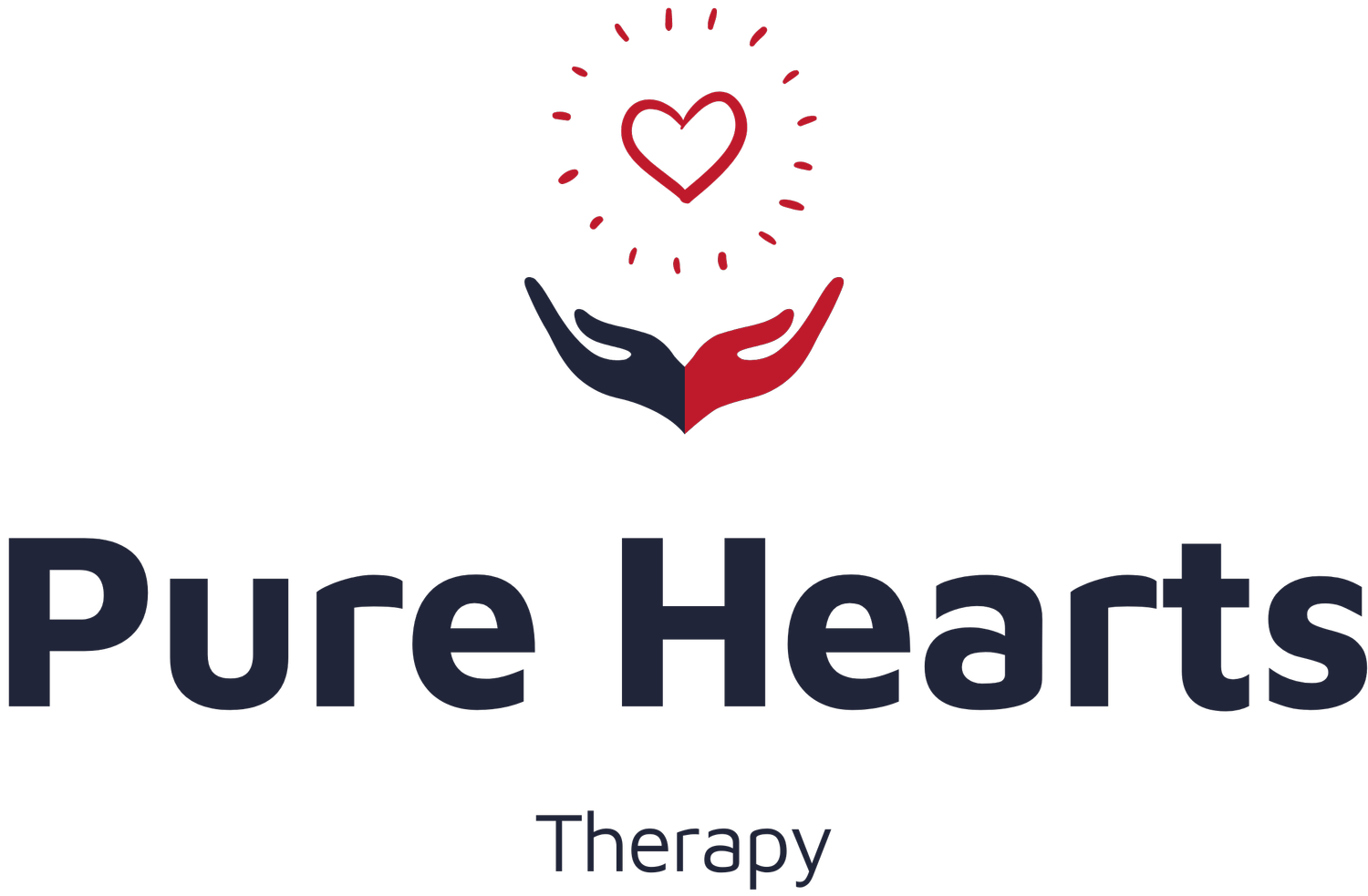Echolalia is a form of speech development
Guest:
Jodi Thomas is a language pathologist and owner of Growing Voices Speech and Language Therapy based in East Valley Phoenix, AZ. Jodi Thomas has training in autism and gestalt language processing and opened her private practice to give children the 1 on 1 attention they deserve.
Interview:
There are two ways children develop language: analytical and gestalt. Children with autism often develop language using gestalt, and that requires using a different framework for evaluations and treatment to adequately meet their needs. Gestalt means whole. One key factor that is focused on with gestalt is echolalia. Echolalia is the repetition of another person’s spoken word.
Different Types of Echolalia
There are three types of echolalia. The first type is immediate echolalia. With immediate echolalia the child will simply follow another person’s speech. The second type is delayed echolalia. This type of echolalia tends to happen at a later time and can be produced with no communicative intent. This manner in a way a child communicates is called scripting. This means that the child is repeating words or phrases they’re heard from a parent or tv show. The last type is mitigated echolalia. This is where the child will make a change in wording or intonation made by the person that is speaking to him or her. These different types of echolalia are important to appropriately use gestalt language processing to treat a child.
Different Stages of Gestalt Language Processing
Children who develop a gestalt way of language development learn communication phrases in chunks. In stage 1, a child will start by simply mimicking phrases they hear. During this stage, they will repetitively use the phrases they have acquired and will even attempt to copy the tone of voice the original speaker has. In stage 2, a child will start to break down the chunks of phrases they’ve stored. A child will begin pairing those phrases together and even start to pair them with new words. Oftentimes they will also start to mix and match different echolalia with their phrases. When a child reaches stage 3, they will use two-word combinations with singular words. This can appear like a backslide in their language because the utterances of phrases can become shorter. During stages 4, 5, and 6, a child can self-generate sentences, learn grammar, and begin to answer questions. During all the stages, it’s important to validate your child’s communication and help them model new phrases to build their gestalt up. During all stages, try not to ask too many questions as it may overwhelm and frustrate your child.
Ways to Model New Gestalt Phrases
A child first needs to learn new phrases that can be broken down when he/she reaches stage 2. Some common mitigated phrases that can help a child do this begin with the words let’s, it’s, and I’m. Judy Thomas has noticed that many speech therapists try to use phrases that begin with “I want,” and this phrase can cause a child to get stuck in their development. The goal is for a child to create spontaneous utterances and not just memorize phrases. The best time to help a child model new phrases is during natural child child-led play.
Recap:
Don’t ignore your child’s echolalia. This is an important part of how your child communicates by learning the meaning behind your child’s use of phrases will help move development along.
Model back-and-forth phrases through natural play to make learning fun for your child. Remember not to ask too many questions that may frustrate your child and cause him/her to shut down.
Walk through the steps of the gestalt learning process appropriately with the help of a speech therapist.
Resources:
https://www.growingvoicestherapy.com
https://www.facebook.com/growingvoicestherapy
https://www.instagram.com/growingvoices.speech/
https://www.meaningfulspeechregistry.com
https://www.meaningfulspeech.com/blog/twotypesoflanguagedevelopment
Subscribe Now & Leave a Review
Apple Podcasts, Spotify, Google Podcast, & Stitcher
Visit our Website
Follow Us:
